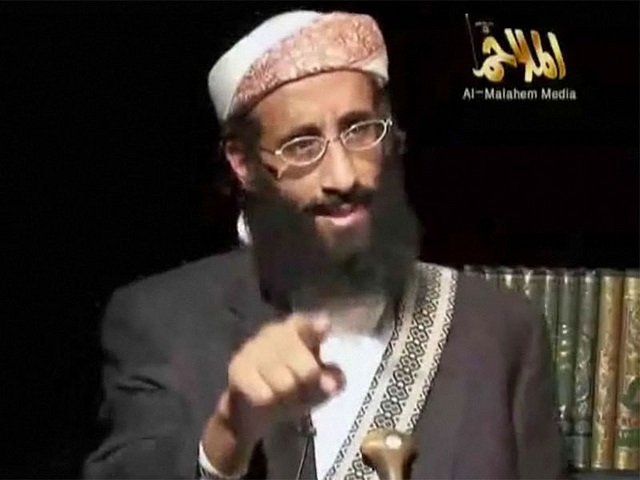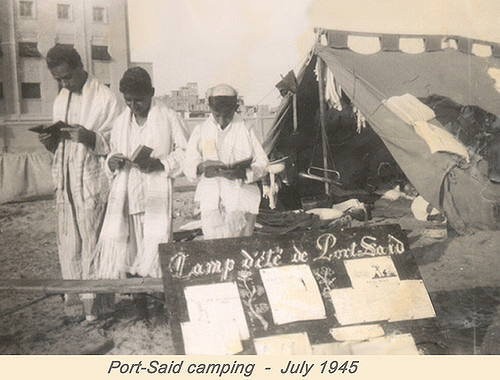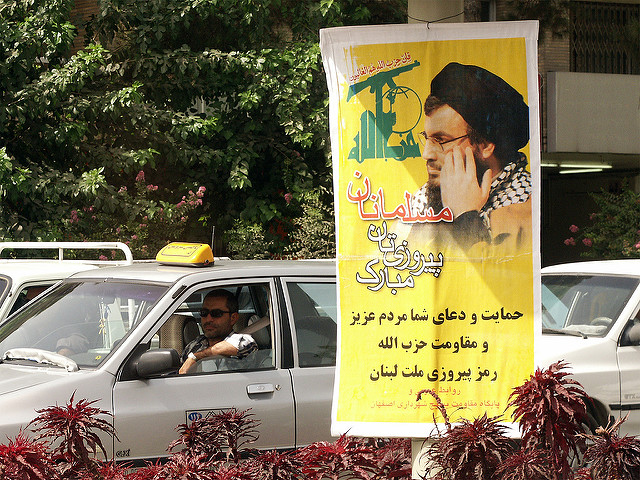Media analysts frequently overemphasize Sunni-Shi’i divisions in Yemen, as though they are longstanding religious problems, with crude, irrational origins. Such discourse purposefully clouds the complex tribal, regional, and structural conflicts in the country.
The Yemeni civil war is less about sectarianism, and more about problems of state governance, resource distribution, and the ongoing marginalization of various provinces. It has been a violent continuation of the struggles that defined the largely peaceful 2011 Yemeni uprising during the Arab Spring.
The continuation of Saudi-led warfare in the country has now led to the possibility that many of these issues will become properly sectarian. This would be a disaster, obviously, and recalls the fact that Iraq is currently being torn apart by US/Tehran-allied Shi’i militias, and the Sunni Islamic State. Most importantly, it is essential to understand that sectarianism is not an inherent problem in the region. Rather, it is largely an induced phenomenon that gains momentum due to policy decisions, and the effects of prolonged warfare and neoliberal policies. It may not currently define Yemeni society, but it wasn’t exactly core to Iraqi public life either, and it is important to remember that the expulsion of Yemenite Jews (an ancient community) is still recent history. The flight of Jews to Israel is clear evidence that it is not difficult for previously tolerant societies to rupture.
The origins of sectarianism in Yemen go back to the 1970s, when Ali Abdullah Saleh first ascended to power. Saleh backed Salafi-Wahhabi leaders and clerics throughout the country. This became manifest in a variety of patronage agreements with tribal leaders, as well as Saudi funding of Yemeni religious and political institutions. Saleh was seriously threatened by the possibility of additional coups, tribal insurrection, and socialist upheaval. The latter was especially worrisome given the Trotskyist leanings of the People’s Democratic Republic of Yemen, which had already backed major upheaval in Oman’s Dhofar Rebellion, and attempted to do the same with the NDF Rebellion in 1978 that was also supported by Libya. Hardline Sunni doctrine had the effect of enforcing loyalty to leaders allied with Saleh, who endeavored to depoliticize large sections of Yemeni society and encourage quietism.
This forced Yemeni Sunni discourse in a provincial direction, which held Shi’ism in contempt. Even if individual Yemenis continued to reject sectarianism, the discursive landscape was changing. Sectarian discourse began to enter public life, along with rhetoric about Yemen being a culturally Sunni country. This was especially the case after the cultural ascendancy of the Yemeni Muslim Brotherhood, currently the political wing of Al-Islah. Presently, outfits like Al-Qaida in the Arabian Peninsula (AQAP) are basking in the growth of hardline Sunni religiosity that occurred under Saleh’s rule. The Houthi movement began partially in reaction to these trends. Its predecessor organization, Believing Youth, formed in Sa’ada in 1994 in response to the shifting social landscape, which it read as threatening to Shi’i Yemenis. They are in many ways a reaction to a reaction: a grassroots northern Yemeni response to the centralization of Saudi-Sana’ani religious power in the country.
Despite these realities, the Arab Spring provided an opportunity for many groups to transcend Sunni-Shi’i division. For instance, both Al-Islah and the Houthis supported the revolution, participated in the NDC, and promised to abide by its conclusions. Indeed, the Houthis continue to pledge to implement the NDC protocols, and form a national reconciliation government. The current war has potentially destroyed these promising trends. The bombings are currently accelerating sectarian processes that have been at play for decades. Based on reports from outgoing UN envoy Jamol Benomar, who stated that rival factions were on the verge of a peace deal before “outside interference,” it is reasonable to speculate that this was on purpose.
There are a variety of reasons that the Saudi-led coalition is currently at war in Yemen. One is that the Gulf monarchies could not tolerate a successful democracy in one of their neighbours, especially given religious and cultural similarities with Yemen. The coalition may claim to be protecting the “legitimate government of Yemen,” but the reality is that it is attempting to direct the Yemeni political process away from an arrangement that could threaten their own interests. If the Yemeni government was able to build on the NDC, the result would have been a federalized state with significant local autonomy, and a platform to pursue substantive democracy and redistribution questions. Obviously, the GCC is opposed to this, since it would tempt change in their own countries, and threaten one of the world’s most authoritarian regions.
It is possible that the war has been waged to divide Yemeni society further, in preparation for Hadi’s return to the presidency. Sectarianism has already gotten more severe in Yemen due to it being the poorest country in the Arab world, and inequality having accelerated since the end of the Cold War. Resource scarcity often tempts large sections of society with crude explanations for market-driven problems. US-Saudi actions in the country have made things even worse.
The Houthi coup in January occurred because Hadi was an ineffectual leader with weak support apart from his foreign allies and core supporters. Since the coup, Houthis have attempted to root Hadi’s loyalists out of the country, leading to military operations in southern Yemen. This ‘invasion’ is what led to the Saudi-led coalition bombing the country, and there is a great deal of anger against the Houthis as ‘northern invaders.’ The pejorative recalls lingering rage against Saleh, who used a 1990 unification process to monopolize southern Yemeni political and economic power. The problem is that since the Houthis are a Shi’i revivalist group, and organizations like AQAP have been highly active since the coup, the divide between northern and southern Yemen could become one between Sunnis and Shi’is.
It is to soon to say conclusively whether or not that will happen, but it is important to remember the historical period. Sectarian identity has been militarized across the region in response to democratic movements, and Saudi Arabia has intensified its campaigns of Sunni incitement. The bloodshed of the Iraqi-Syrian civil war has also stoked tension throughout the Muslim world, leading to assaults on Shi’i minorities as far away as Pakistan. Regression and counterrevolution is the order of the day, and the only way to prevent Yemen from being consumed by it is an organized response that counters sectarianism with concrete strategies for achieving goals like federalism and wealth redistribution.
The problem is that we may be long past the stage of peaceful revolution. There is reason to be hopeful about Yemeni society, which has become fiercely political and highly mobilized, but it would be naive to believe that elites like Hadi and Saleh, along with foreign governments in Washington and the GCC, would ever willingly allow Yemen to pursue self-determination.
Photograph courtesy of Magharebia. Published under a Creative Commons License.





